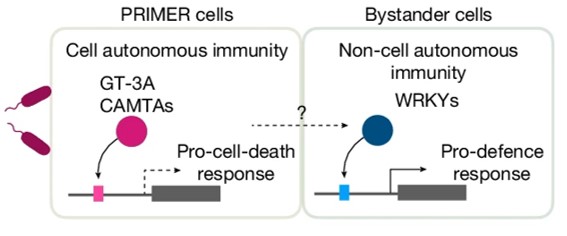
Single cell multiomic analysis of plant immunity reveals PRIMER cells
Plant Science Research WeeklySingle cell mutiomics are radically changing our understanding of pretty much every cellular process. Here, Nobori et al. integrated single-cell transcriptomic, epigenomic and spatial transcriptomic data to investigate plant responses to pathogens. The authors used three different strains of Pseudomonas…
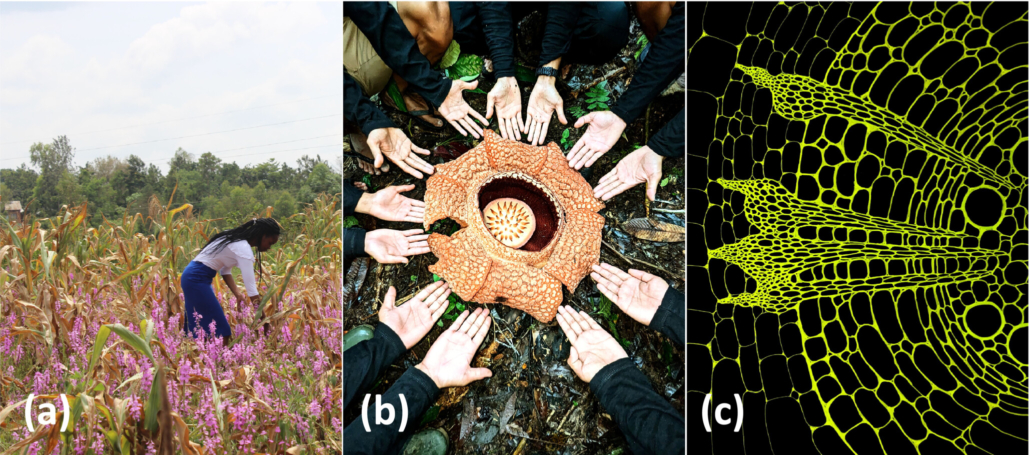
Special issue: Parasitic plants
Plant Science Research Weekly
Special issue: Parasitic plants
Runo, Wicke, and Thorogood have edited a special issue of Plants, People, Planet on the topic of parasitic plants. (Note - the Special Issue will be launched on February 19, but the articles are already online in Early View). It’s nice to see a collection…
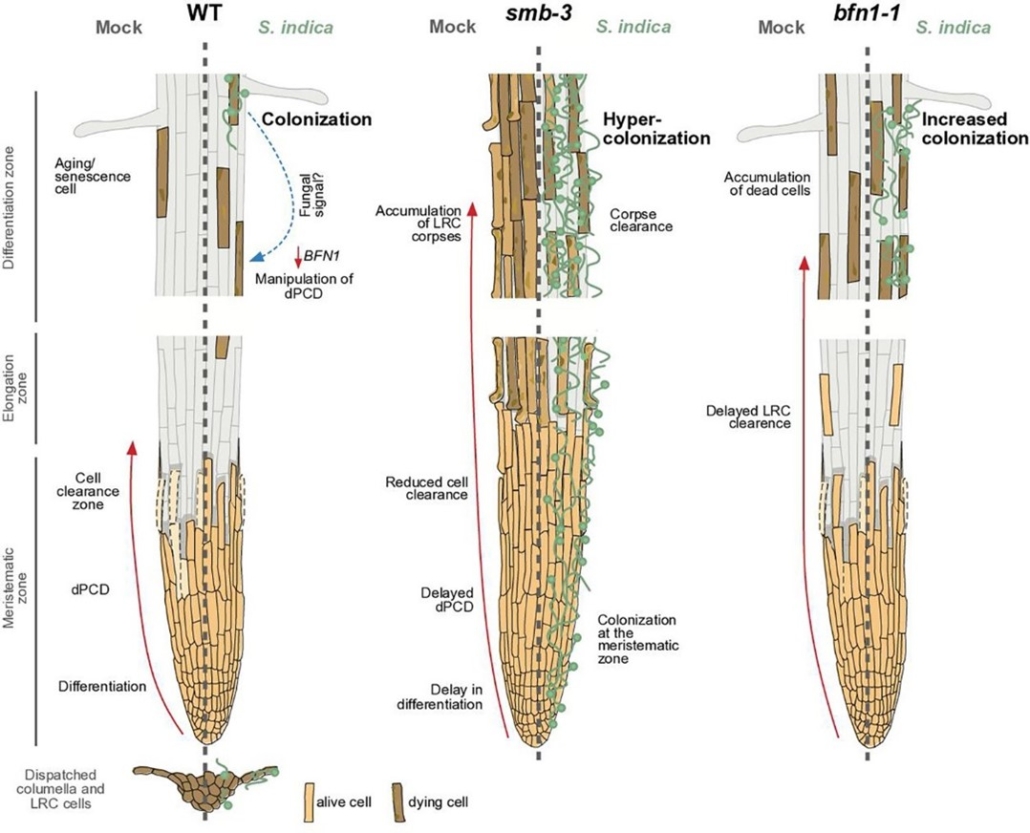
Capping your occupancy: programmed cell death as a mechanism to restrict microbial colonization of the root tip
Plant Science Research WeeklyThanks to the continued shedding and renewal of root cap cells, plant roots are able to extend into further reaches within the soil column overcoming physical barriers and potential microbial attacks, or so we assumed. Charura et al. explored the latter hypothesis showing that timely programmed cell…
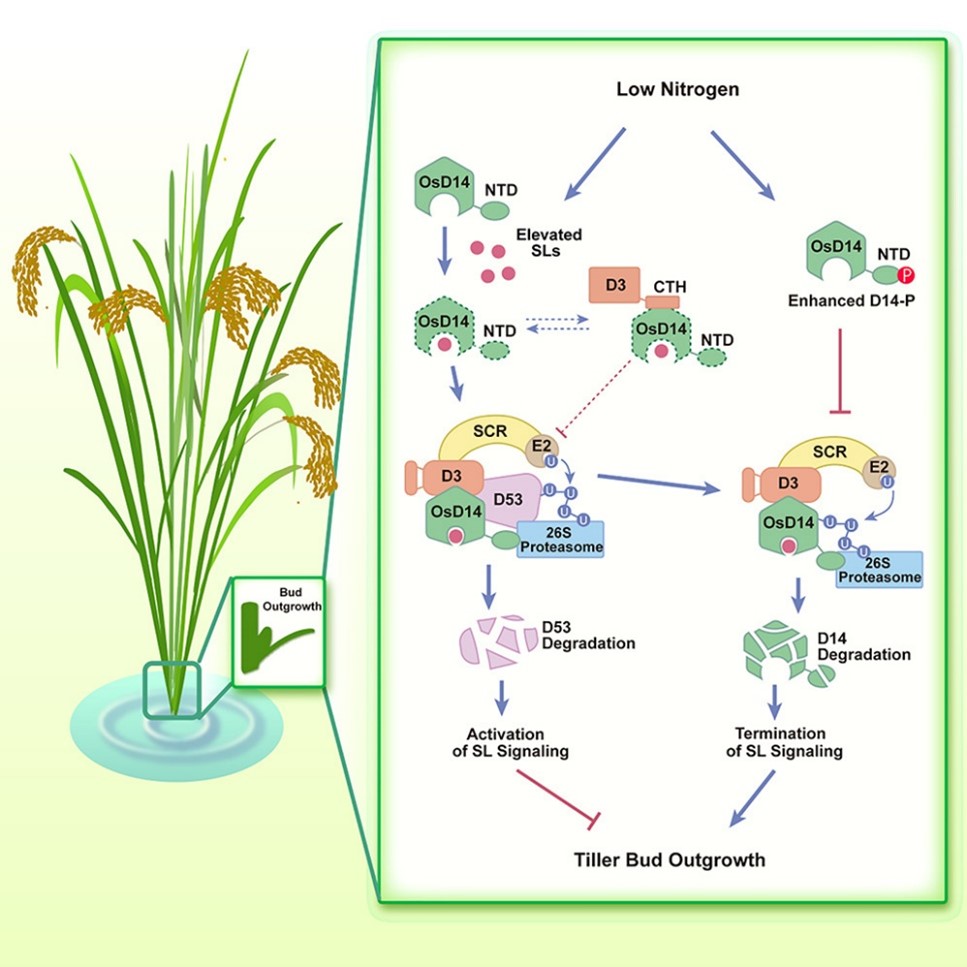
Regulatory mechanisms of strigolactone perception in rice
Plant Science Research Weekly, Upcoming Plantae PresentsStrigolactones (SLs), a group of carotenoid-derived small signaling molecules and a class of phytohormones, play key roles in regulating various growth and developmental processes in plants. Additionally, they act as rhizosphere signaling molecules that promote symbiosis with arbuscular mycorrhizal (AM)…
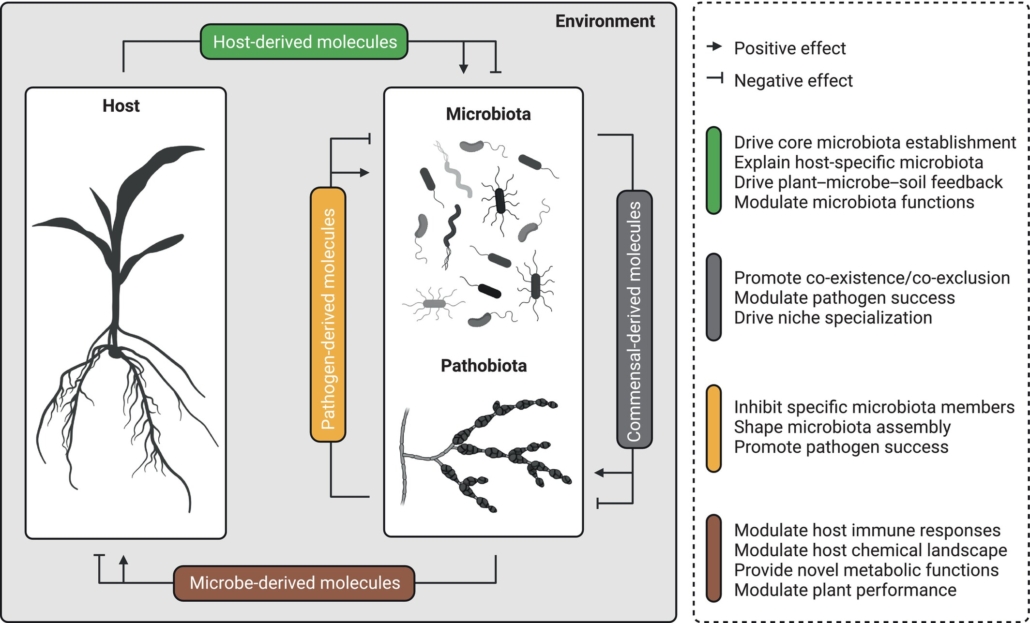
Virtual issue: The chemical language of plant–microbe–microbe associations
Plant Science Research WeeklyDon’t miss this exciting Virtual Issue from New Phytologist on “plant-microbe-microbe” interactions. That’s not a typo – many of the articles address the signals that coordinate such multi-factorial interactions, as there is a growing recognition that interrelations between microbes influence…
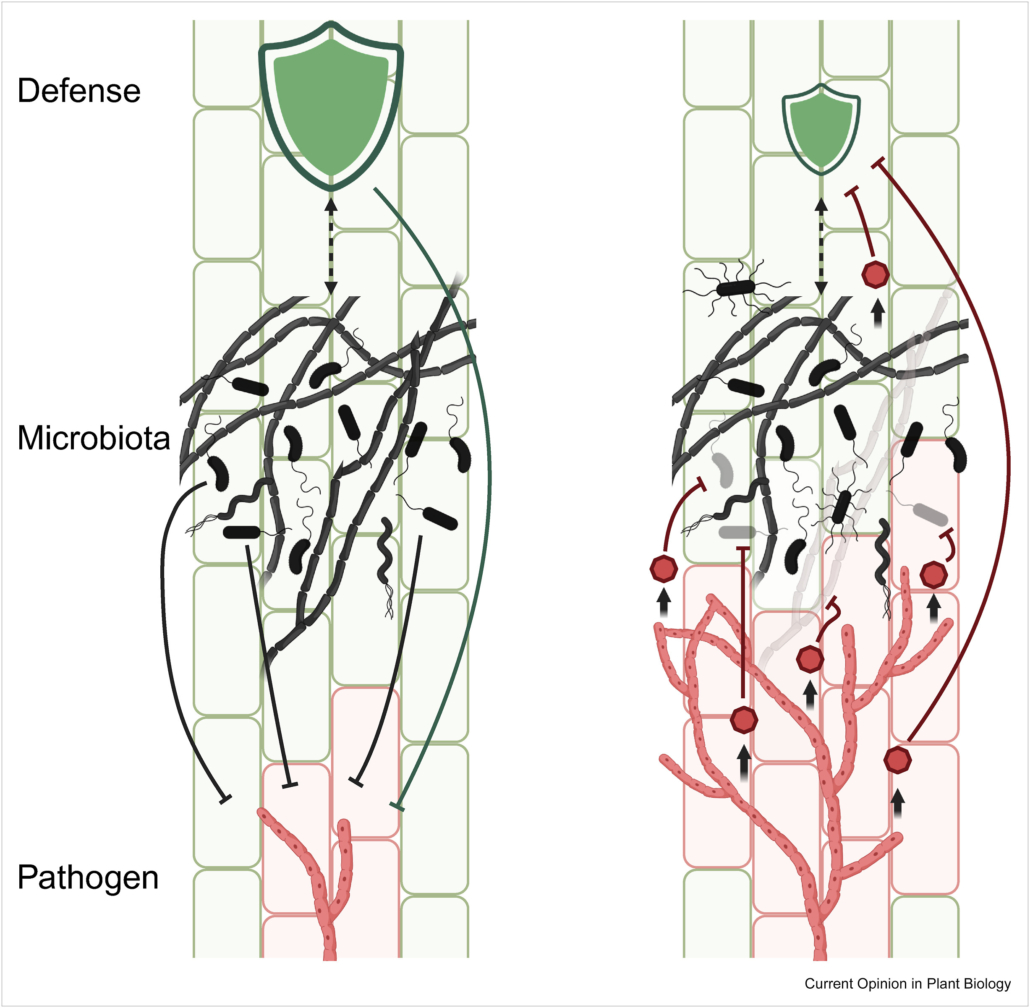
Review. Microbial tug-of-war: How plants and pathogens manipulate microbiomes
Plant Science Research WeeklyThe composition of plant-associated microbes is influenced by plant genetics, immune responses, environmental factors, and interactions between microbes. During disease development, the microbial community at infection sites changes due to tissue damage, altered immune responses, and manipulation via…
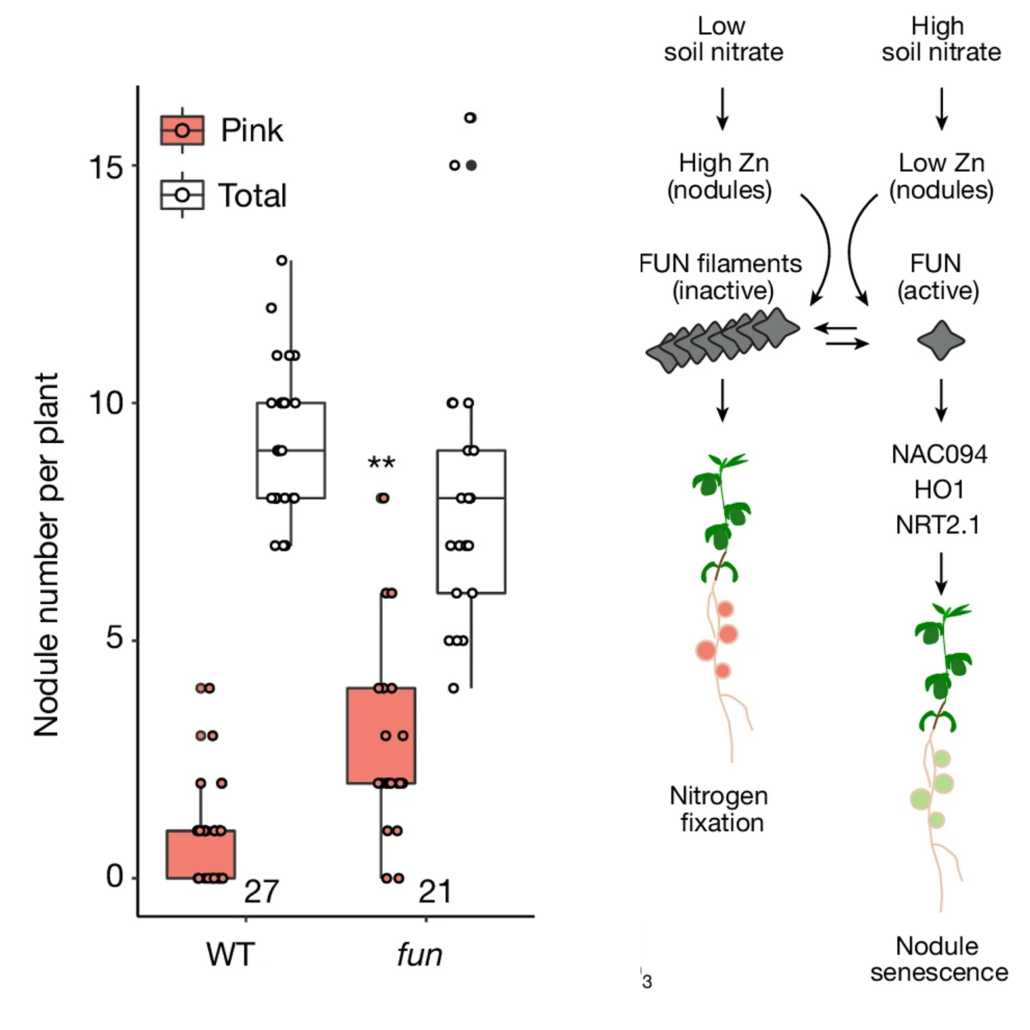
Zinc regulates symbiotic nitrogen fixation in response to soil nitrate
Plant Science Research WeeklyLegume plants inhibit the energy-intensive process of symbiotic nitrogen fixation when sufficient nitrate is present, primarily through nodule senescence. However, the nodule-specific genetic regulatory mechanisms of nitrate sensing and nodule senescence are poorly understood. A recent study by Lin and…
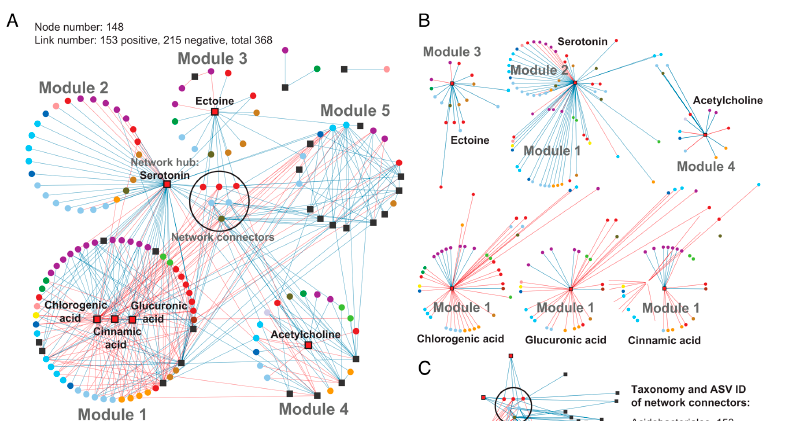
Keystone metabolites influence rhizosphere metabolomes and microbiomes
Plant Science Research Weekly
Rhizosphere interactions between plants and microbes are essential for nitrogen cycling, stress tolerance, and plant health in general. Metabolites secreted by plant roots can greatly influence microbial community composition, although how different environmental conditions impact these interactions…
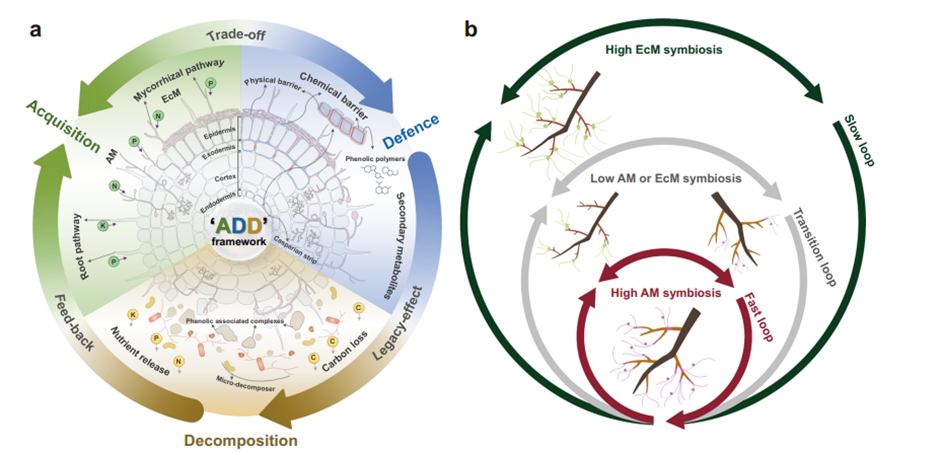
Unveiling root trait syndromes in trees: Evolutionary insights into mycorrhizal partnerships
Plant Science Research WeeklyPlants, particularly long-lived trees, need to balance nutrient acquisition, herbivore and pathogen defence, and ultimately organic matter decomposition. The intricate relationship between these processes is crucial for the survival and growth of trees over their extended lifespans. Zheng et al. investigated…

